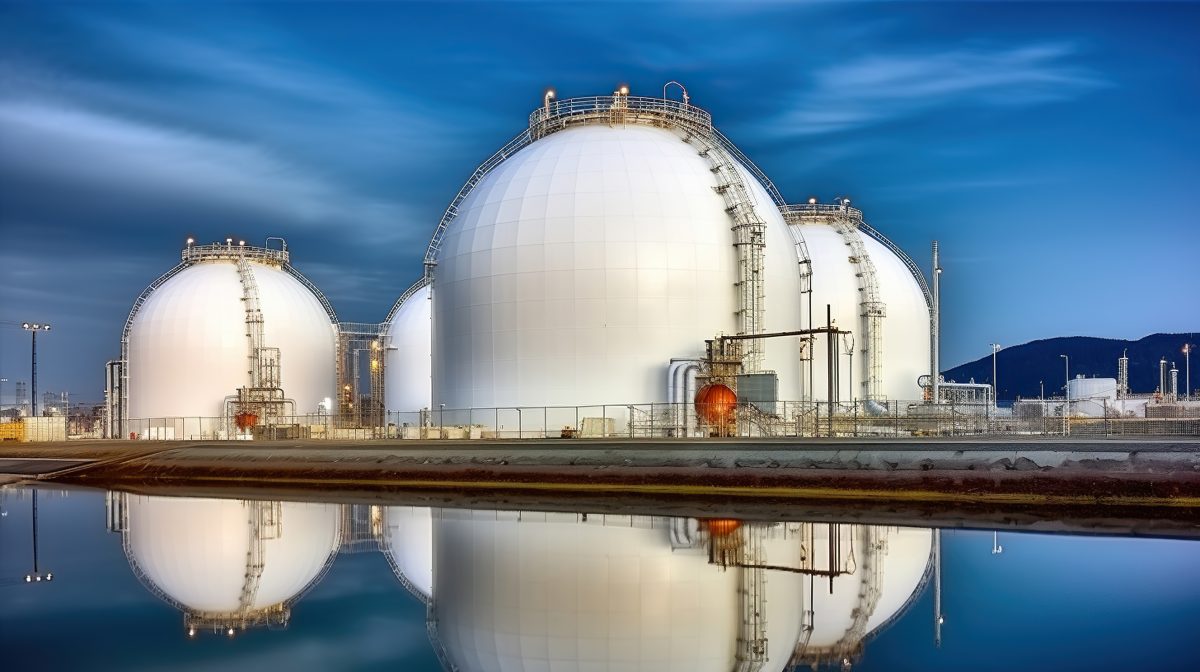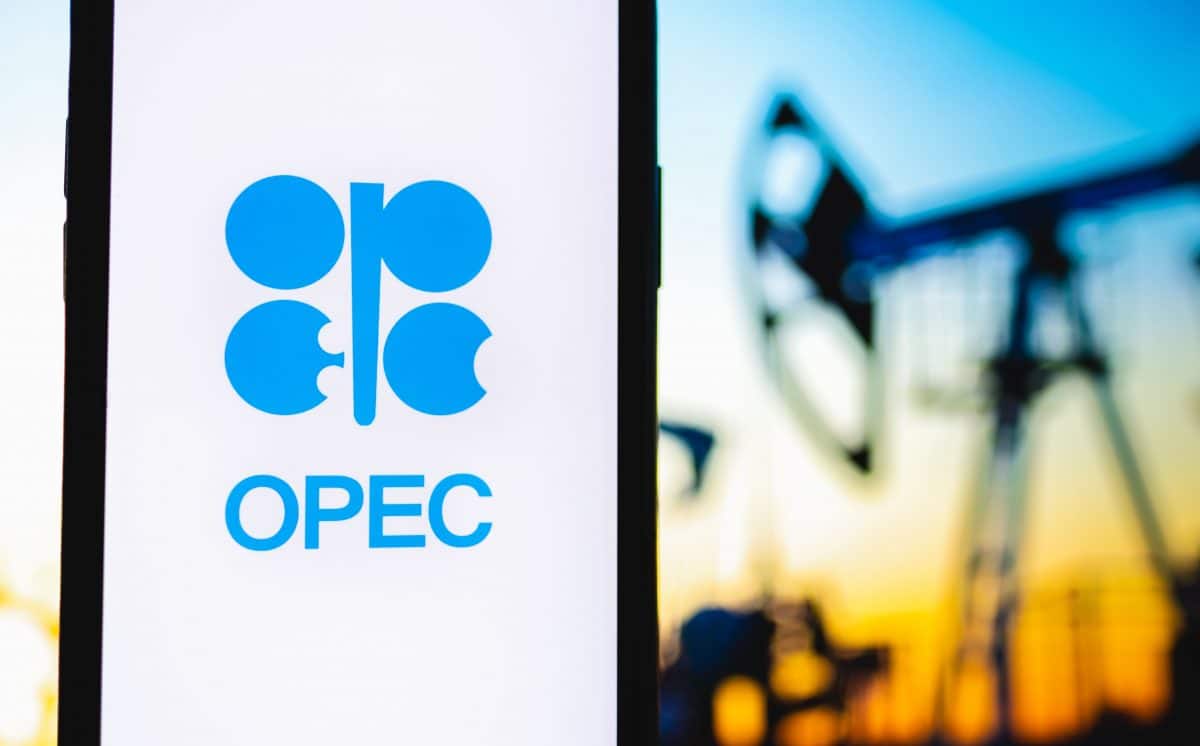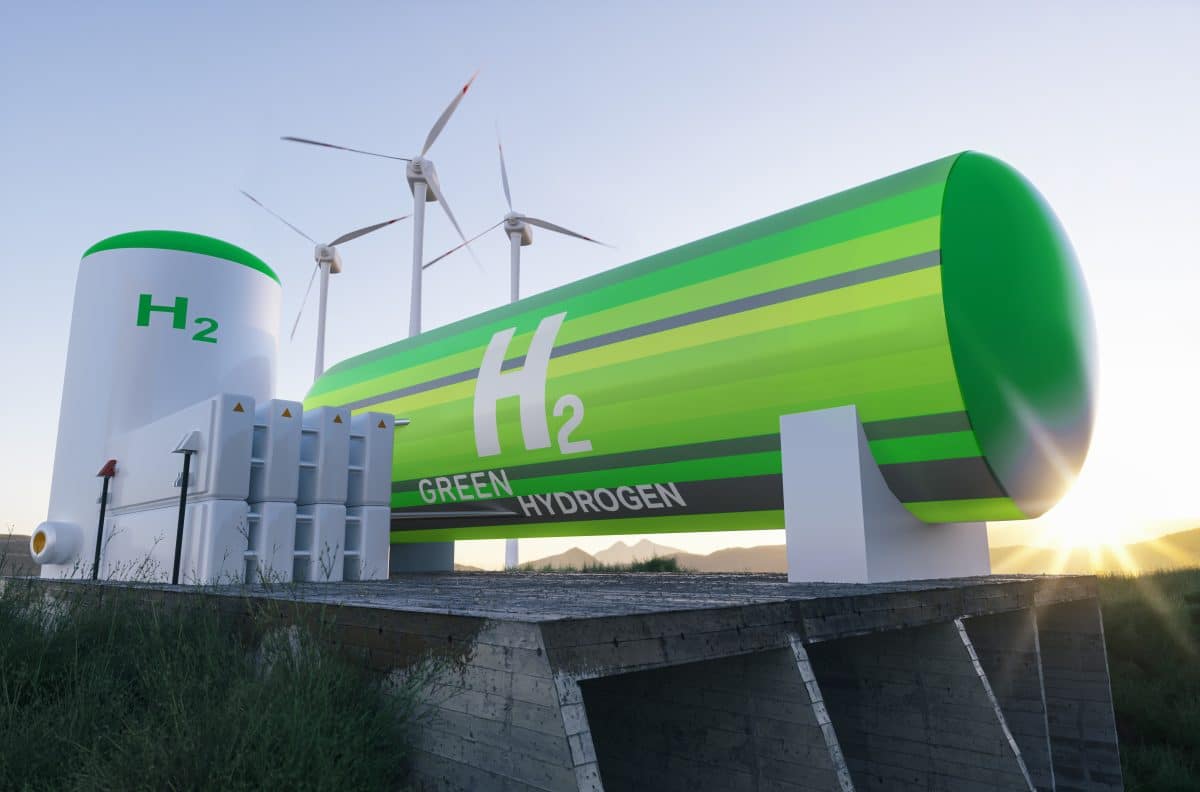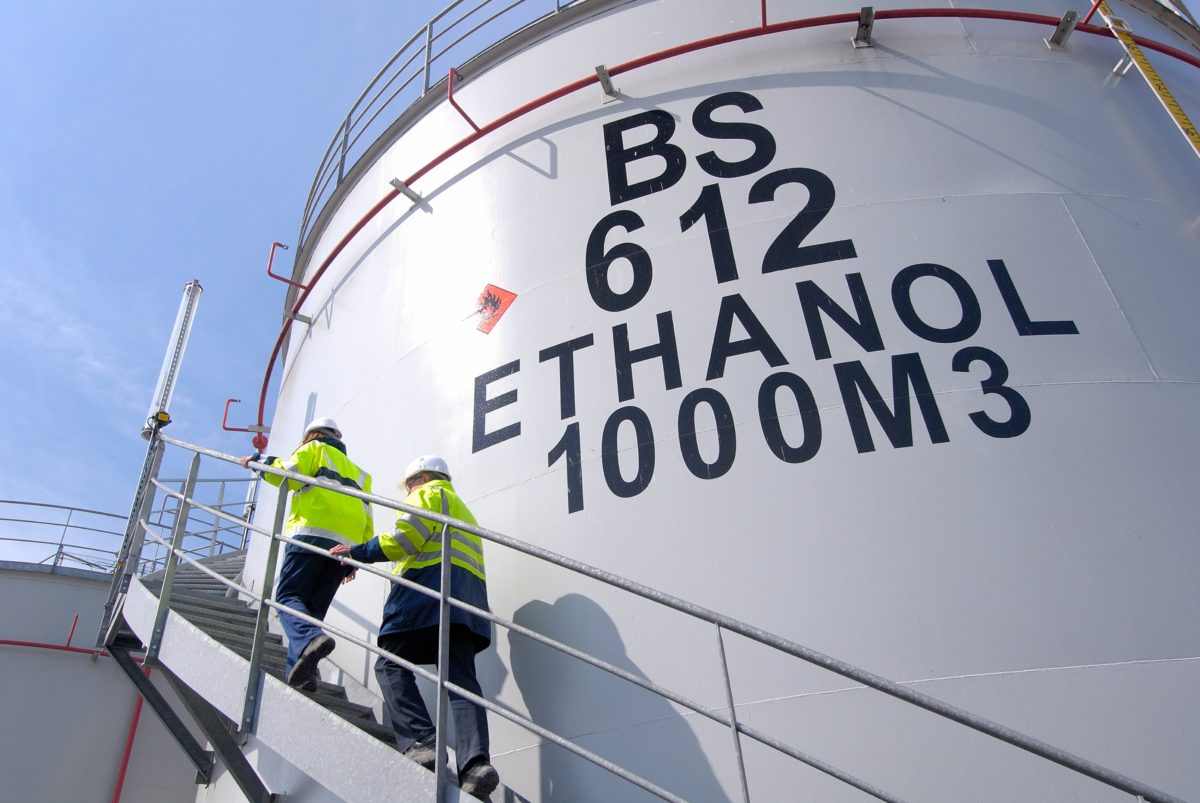Crude oil prices gained last week, reaching a two-week high, driven by a significant interest rate cut by the United States Federal Reserve (US Fed) and declining global stockpiles, which bolstered sentiment in both physical and futures markets. However, the surge was capped by forecasts of a decline in consumption in China, the world’s second-biggest economy. Analysts believe the energy sector will continue to gain in the near future, though global supply and demand uncertainty, following escalating geopolitical conflicts, remains a caveat.
Data compiled by Polymerupdate Research showed the benchmark Brent crude futures for near month delivery on the InterContinental Exchange (ICE) rose steadily by 4 percent last week, primarily due to cautious bullish activity despite the lack of a clear direction. The Brent crude contract started the week with a marginal gain, closing at US$ 72.25 a barrel on Monday, up from US$ 71.61 a barrel the previous Friday. The upward trend persisted across the energy contract, despite volatility, with the contract settling at US$74.49 a barrel on Friday.
A similar trend was observed in the Western Texas Intermediate (WTI) Cushing futures for near month delivery at the New York Mercantile Exchange (Nymex), with the contract starting the week with a gain, closing at US$ 70.09 a barrel on Monday, up from US$ 68.65 a barrel the previous Friday. With a weekly gain of 4.76 percent, WTI futures closed on Friday at US$ 71.92 a barrel.
Shaky fundamentals
Oil prices extended their recent recovery rally and rose last week as a 50 basis points (bps) interest cut to 4.75-5 percent in United States interest rates and declining global stockpiles helped offset some of the demand concerns arising from weak consumption in China. Interest rate cuts typically boost economic activity and energy demand, but some also saw the large cut as a sign of a weak United States labour market. The Bank of England on Thursday held interest rates at 5 percent. The declining global crude stockpiles should support oil prices going forward. Crude inventories in the U.S., the world’s top producer, fell to a one-year low last week.
A report from the broking and financial advisory firm AndndRathi Investment Services, said, “Oil may trade with upward bias in the near term on supply threat from renewed geopolitical tensions and weather disruptions along with declining Cushing stockpiles. But China remained a key pain point for crude markets, as economic readings from the world’s biggest oil importer showed little signs of improvement. Thus upside may remain capped around US$ 73.50 a barrel for WTI oil futures.
As expected, the People’s Bank of China (PBoC) kept its key lending rates unchanged at the September fixing, aligning with market estimates. The one-year loan prime rate (LPR), the benchmark for most corporate and household loans, was maintained at 3.35 percent. Meanwhile, the five-year rate, a reference for property mortgages, was held at 3.85 percent. Both rates remain at record lows following unexpected rate reductions in July. The government’s move came after the central bank delayed the medium-term lending facility (MLF) operation for the second time in two months, as the PBoC planned to let short-term rates play a bigger role in guiding markets.
Facing economic challenges across the region, the Bank of England kept the Bank Rate unchanged at 5 percent during its September 2024 meeting, following a 25 bps cut in August, the first reduction in over four years. This decision met market expectations, though one member favoured a further 0.25 percentage points cut to 4.75 percent. The annual inflation was 2.2 percent in August, and is expected to increase to around 2.5 percent towards the end of this year as declines in energy prices last year fall out of the annual comparison. The number of people claiming unemployment benefits in the United States dropped by 12,000 from the previous week to 219,000 on the period ending September 14h, significantly below market expectations of 230,000, and reaching a new 4-month low.
The world is facing two major geopolitical conflicts: the war between Russia & Ukraine, and Israel & Hamas-Hezbollah-Iran. These conflicts have created a global economic and oil supply uncertainty, especially in the Middle East, which accounts for over a third of production worldwide. Additionally, economic downturn in the United States with rising unemployment rates, and slow recovery in China, have also added to the existing problems.
Deceleration in China’s oil consumption
China, the world’s second-biggest economic after the United States, is facing an abrupt deceleration in oil consumption, which is cooling global demand growth sharply from the rates seen in recent years, according to the latest report by the International Energy Agency (IEA). World oil demand is on course to increase by 900 000 barrels per day (bpd), or 0.9 percent, in 2024 and 950 000 bpd next year, down from 2.1 million bpd, or 2.1 percent, in 2023. IEA’s monthly data reported by countries representing 80 percent of global oil demand for the first six months confirm the sharp slowdown in the rate of growth in oil consumption. Global demand rose by 800 000 bpd, or 0.8 percent, year on year during the first half of the year.
The recent downturn in China has been even more acute than expected, with oil demand in July declining year on year for a fourth consecutive month, according to IEA. At the same time, growth outside of China is tepid at best. This weaker demand environment has helped fuel a sharp sell-off in oil markets. Brent crude oil futures have plunged from a high of more than US$ 82 a barrel in early August to near three-year lows at just below US$ 70 a barrel on 11 September.
China has been the cornerstone of the growth in global oil demand so far this century. Dynamic factory activity, massive infrastructure investments and rising prosperity across a population of over 1 billion people driving what has, at times, felt like an inexorable expansion in oil consumption. Over the past decade, the annual increase in Chinese oil demand has averaged in excess of 600 000 bpd, accounting for more than 60% of the total global average increase. Moreover, China’s share of global demand growth has expanded since the pandemic. This year, demand outside China will remain 0.3 percent below 2019 levels, but in China, consumption will be 18 percent higher, IEA forecasts.
By: polymerupdate , DILIP KUMAR JHA / 23 Sep 2024









